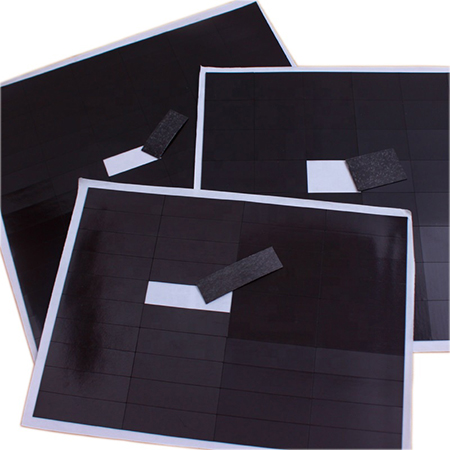What is a absorbing material?
xinstMay 12, 2020
1. Introduction of absorbing materials
1.1 With the development of modern science and technology, the influence of electromagnetic wave radiation on the environment is increasing. At the airport, aircraft flights are delayed due to electromagnetic wave interference and cannot take off; in hospitals, mobile phones often interfere with the normal operation of various electronic diagnostic instruments. Therefore, to control electromagnetic pollution and find a material that can resist and weaken electromagnetic wave radiation-absorbing materials, has become a major topic in materials science.
1.2 Electromagnetic radiation causes direct and indirect damage to the human body through thermal effects, non-thermal effects, and cumulative effects. The research confirmed that the ferrite absorbing material has the best performance. It has the characteristics of high absorption frequency band, high absorption rate, and thin matching thickness. The application of this material in electronic equipment can absorb the leaked electromagnetic radiation and can achieve the purpose of eliminating electromagnetic interference. According to the law of electromagnetic waves propagating in the medium from the low magnetic guide to the high magnetic guide direction, the high magnetic permeability ferrite is used to guide the electromagnetic waves. Through resonance, a large amount of electromagnetic wave radiation energy is absorbed, and then the electromagnetic wave energy is converted into thermal energy through coupling.
2. Classification of absorbing material
The loss mechanism of absorbing materials can be roughly divided into the following categories:
First, resistive losses, such absorption mechanism and the resistive loss of the material's conductivity, that is, the greater the conductivity, the macroscopic current caused by carriers (including the current caused by changes in the electric field and the eddy current caused by changes in the magnetic field) The larger, which is conducive to the conversion of electromagnetic energy into heat energy.
Second, dielectric loss, it is a kind of electrode-related dielectric loss absorption mechanism, that is, the "friction" generated by repeated polarization of the medium converts electromagnetic energy into thermal energy and dissipates it. The dielectric polarization process includes: electron cloud displacement polarization, polar medium electric moment turning polarization, electric iron body domain turning polarization, and wall displacement.
Third, magnetic loss, this type of absorption mechanism is a type of magnetic loss related to the dynamic magnetization process of ferromagnetic media. This type of loss can be refined into: hysteresis loss, eddy current, damping loss, and magnetic aftereffects. , The main source of which is magnetic domain turning, magnetic domain wall displacement and magnetic domain natural resonance similar to the hysteresis mechanism. In addition, the latest microwave loss mechanism of nanomaterials is a hot spot in the analysis of absorbing materials.



